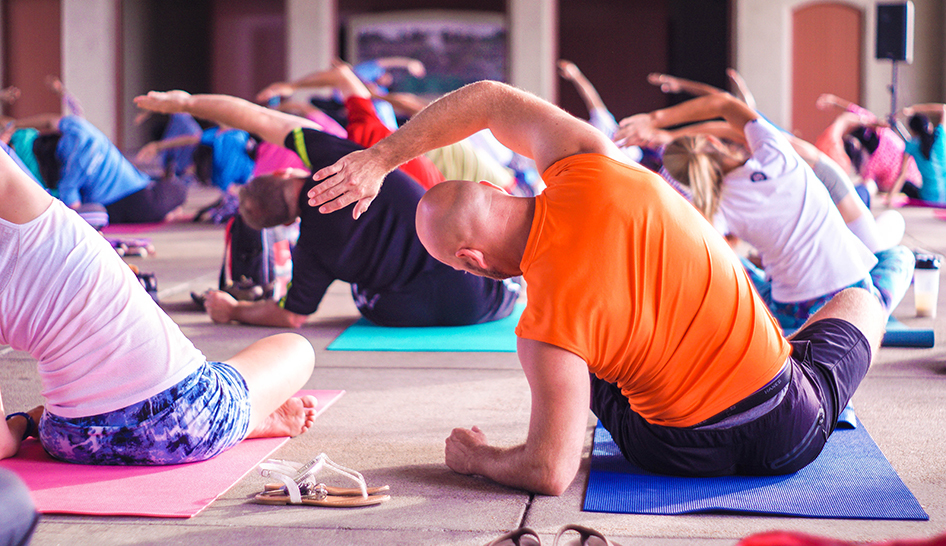Physical Activity Is a Must-have
Being physically active is no longer a nice-to-have, it is a must-have. Fiona Bull, MBE, Ph.D., Msc., WHO program manager, prevention of noncommunicable diseases, says, “People were designed to move, and exercise is essential for every part of our biological systems.” Bull says if you are in a position to talk to your local policymakers you should emphasize the extensive and well-established health benefits of exercise, but also the consequences of not being active. Which, as we mentioned above, can lead to a wide range of diseases that have health costs at the individual and economic level.
Bull says the sports and fitness industry has "a very big role to play." Countries around the world have started to recognize the need to increase physical activity, and the fitness industry is uniquely positioned to spread physically active lifestyles from one person to another by making sure the environments, programs, and opportunities are there and tailored for people of all ages and abilities. A side effect of which would be attracting the people who are least active.
"We have to be innovative. [People] are not coming to the gym for a reason," says Bull. "It comes down to culture and context, and really getting to know who your client is." She recommends creating this change in culture by partnering with local businesses and organizations and adding more social aspects to physical activity. Show your community all the fun ways to be active. It's all about getting more people more active.
Programs that focus on community engagement can lead to more physically active populations. Bull says the WHO has seen those types of programs work, and the WHO is very interested in working with all the stakeholders—including health clubs—to accomplish the GAPPA goals. In December 2018, IHRSA and other key global organizations attended the WHO's first ever Sports Sector dialogue, which Dr. Bull called a big success. A second dialogue took place in February 2019 to identify projects the industry can help implement in the coming years.


